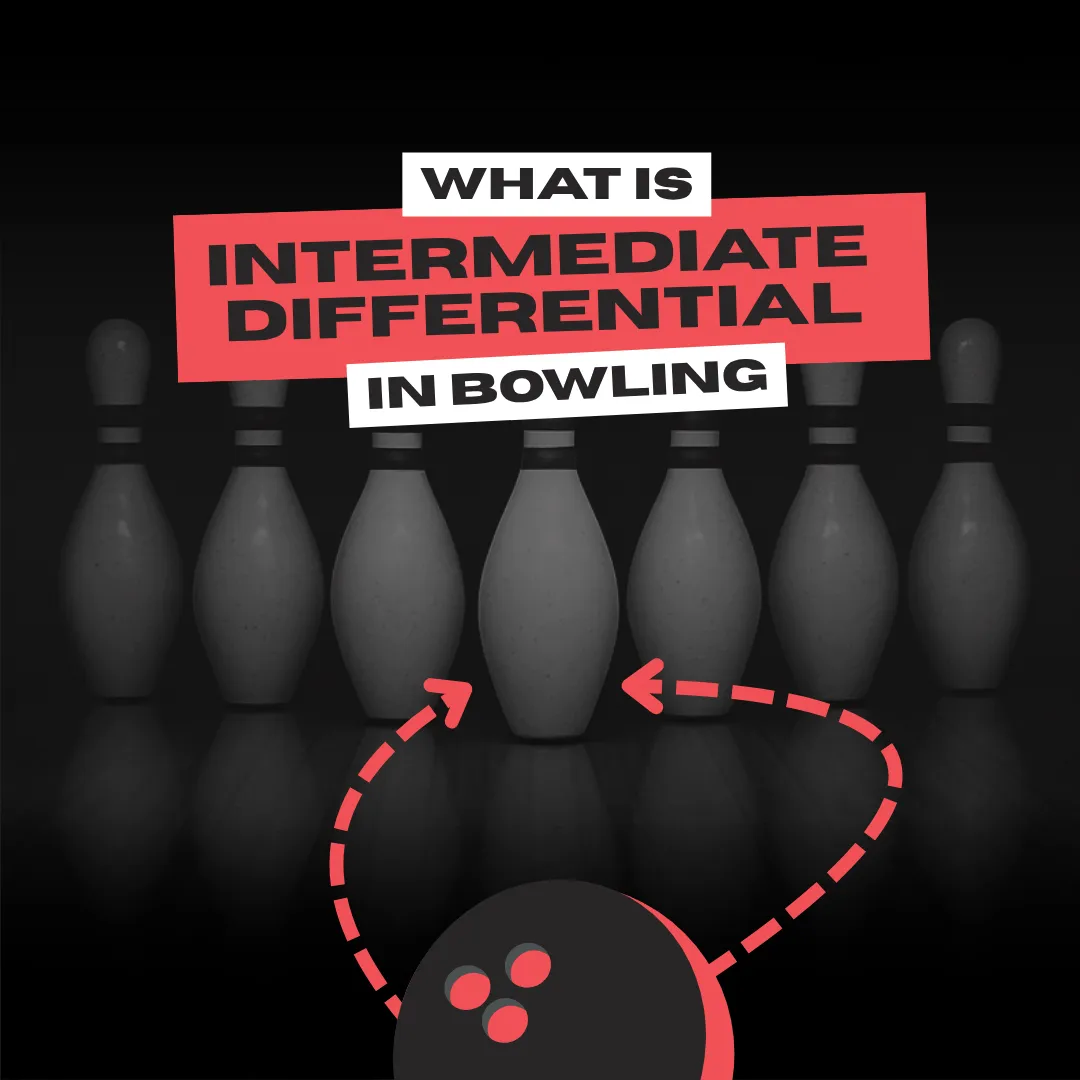If you ever saw a bowling player in his practice session, you probably were fascinated by his ability to spin the bowling ball. Ball at high speed, rolling seemingly towards the gutter, suddenly changes direction towards the pins and knocks perfect strike. How does he do it, you ask? We'll get to that, but understanding why ball spin is necessary for today's bowling is much more important.
You might think that a straightforward style of play (when the ball is moving down the lane in a straight direction) will make the game easier and give you better results. You never have to adjust to lane conditions and spend long hours, weeks, or even months learning how to spin the ball—not even mention buying multiple balls for short, medium, and long lane patterns. But bowling is much more complex.
We probably all know that to knock down a strike, you need to hit the so-called "pocket" - the gap between the front pin and the pin to the right (for right-handers) or to the left (for left-handers).
However, hitting the pocket will not always result in a strike.
It's expected that even though you hit pocket quite well, one or some of the pins will remain to stand. This occurs for both bowling techniques but is much more common for straightforward players. Why?
In bowling, a lot depends on acceleration. Let us explain. In the straightforward style of play, the ball moves at a very high speed. Usually much higher than the ball released by the player who hooks the ball. A ball released by a straightforward bowler gives most of its momentum to the front pin and bounces right (or left if the player is left-handed), diverting its trajectory away from the rest of the middle pins. A typical result of such a throw is a bitter tear 7-10 split from a seemingly good pocket.
It's a little different with the movement of a ball thrown by a player who hooks. When a bowling ball moves towards the pocket at a particular angular trajectory, it tends to bounce less after hitting the pins and maintain movement towards the middle of them. That also creates better pin movement. Therefore, spinning the ball makes it easier to make a strike and reduces the risk of getting hard-to-clean combinations for the second shot.
It is essential to understand that just being able to make the ball hook won't make you a strike machine. The most crucial part is choosing the right ball for a specific lane condition and knowing where to play them. Nevertheless, remember that the player who hooks the bowling ball will have a significantly higher chance of hitting a strike. So it is worth learning.




